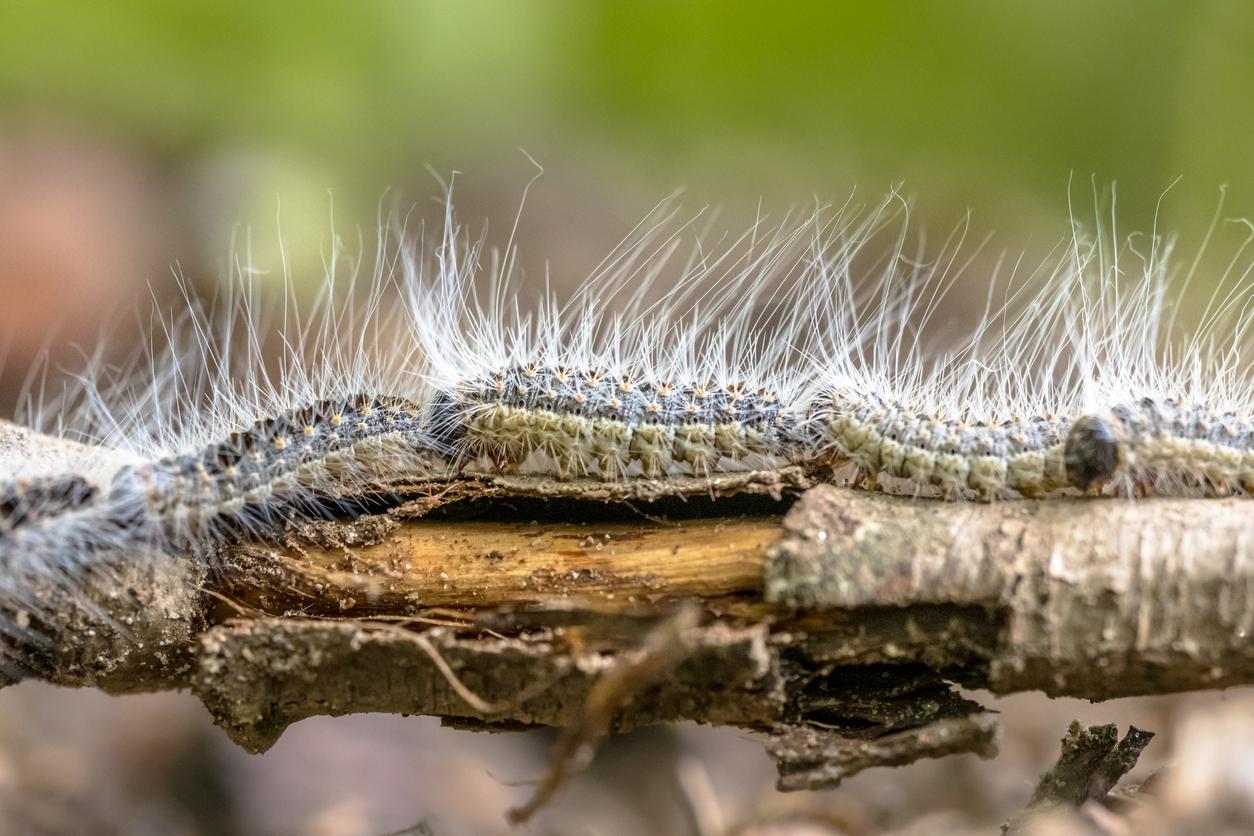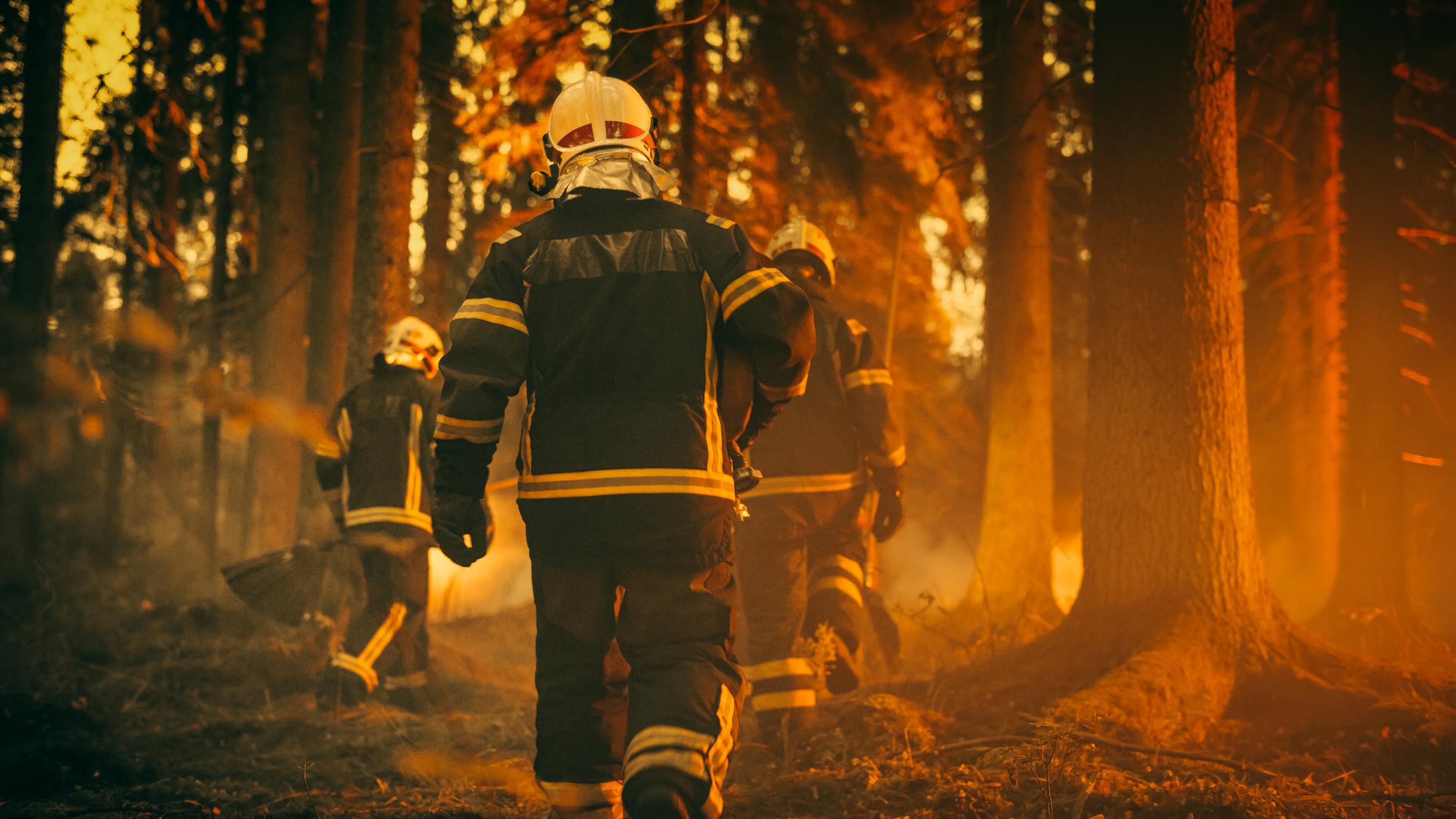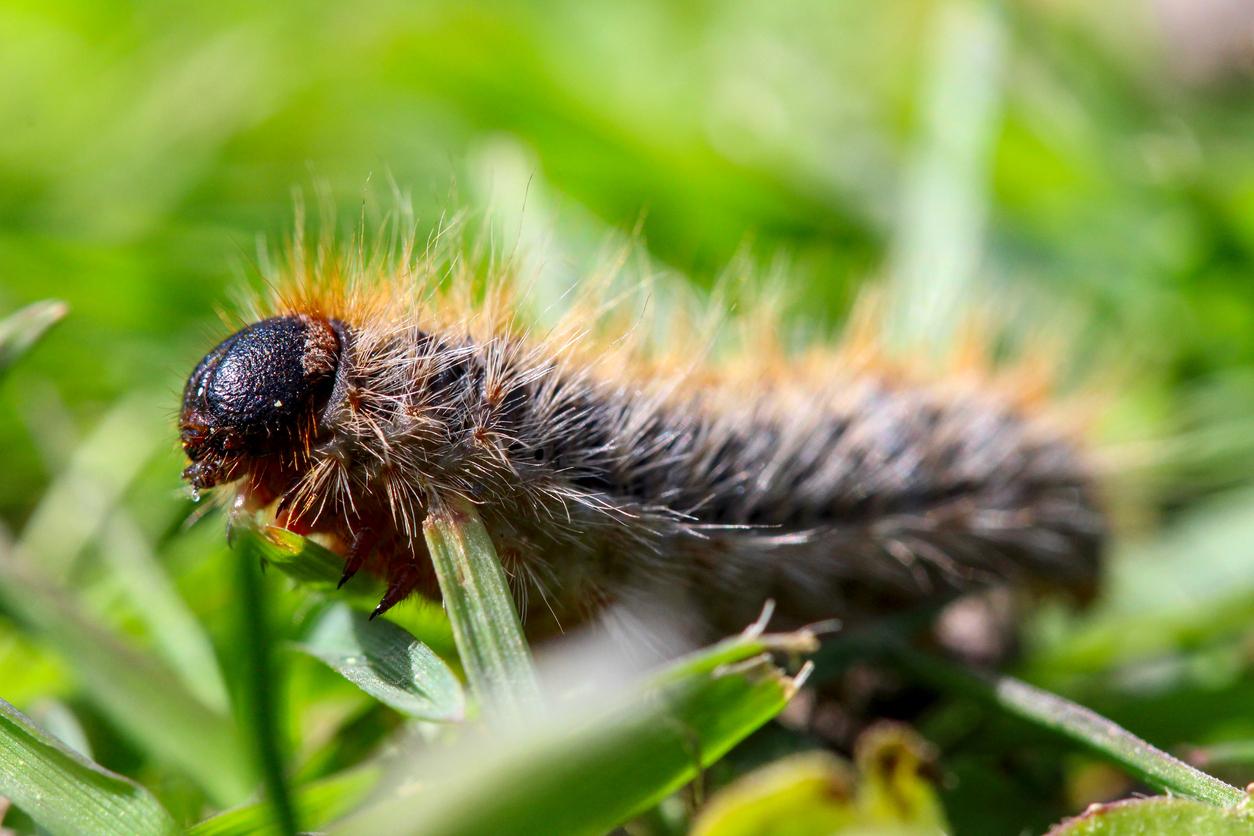Processionary caterpillars and their very stinging hairs appear at different times of the year between January and July. How to protect yourself from it?

- There are two species of processionary caterpillars in France: those of pine and oak.
- They are both very itchy.
- Several gestures can be used to protect against it, such as wearing long clothes during walks in the forest.
Processionary caterpillars owe their name to the way they move together in single file. Their stinging and allergenic bristles for humans and animals led to them being classified as harmful to health in April 2022.
The majority of France is infested by two species: the pine processionary caterpillar (Thaumetopoea pytiocampa) and the oak processionary caterpillar (T. processionea). These insects and their stinging hairs can cause itching, conjunctivitis, sore throats or irritation of the respiratory tract. Vigilance is therefore required during nature walks, but not only. Several actions can be taken to protect against it.
Processionary caterpillars: the right things to do when walking in the forest
“The first thing to do is, of course, not to touch a caterpillar and not to approach the processions. Also do not touch where they have passed”explains Dr Sandra Sinno-Tellier, a doctor specializing in epidemiology and toxicology at ANSES, in an article published in The Conversation.
It is also recommended to:
- Wear protective clothing: favor sleeves and long pants. It can also be good to have a hat or glasses.
- Avoid rubbing your eyes during the ride: it is best to avoid touching your face until you wash your hands.
- Take a shower and change your clothes when you get home if you think you have been exposed to processionary caterpillar hairs: to reduce the risk of secondary exposure, it is best to put clothes directly in the washing machine.
“You have to be vigilant for children, who may be tempted to put the caterpillar in their mouths. Avoid walking in parks and gardens where trees are affected”adds the expert.
Processionary caterpillars: tips to follow if you live near an infected area
Residents of green spaces or forests infested by processionary caterpillars can also reduce the risks by following several recommendations. It is advisable to:
- Do not dry clothes outdoors, especially in windy weather.
- Thoroughly wash fruits and vegetables from the garden.
- Do not let children play near an infested tree: they must also be provided with protective clothing similar to that used during walks in the forest.
- Do not crush the caterpillars: this could release their stinging hairs and lead to carrying them under the shoes. Moreover, even dead, the animal remains stinging.
- Never sweep them at the risk of creating a cloud of stinging hairs: the latter could cause skin, eye and respiratory damage.
In addition, if your pet is the victim of the stinging hairs of processionary caterpillars, you must protect yourself with suitable clothing and gloves before handling it and washing it with plenty of water.
“Pine and oak processionary caterpillars do not have the same seasonality: exposure to pine processionary caterpillars is observed from January to May, with a peak in March (…). Those of oak from April to August, with a peak in June. Autumn heat waves and mild winters promote early larval development”says Dr. Sandra Sinno-Tellier.















